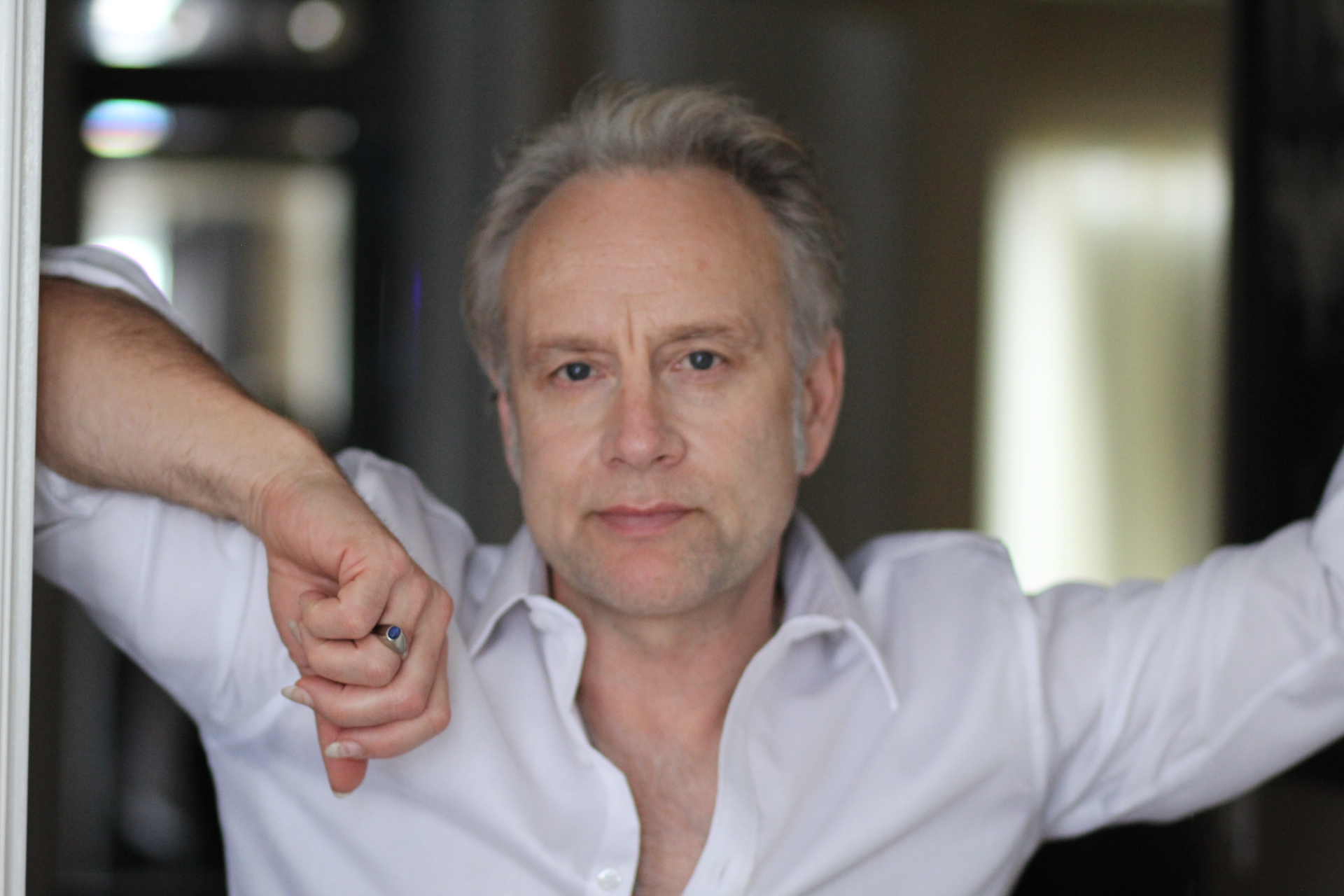MIND YOUR BRAIN
How to Find Your Voice and Change Your World

7 time Canadian Country Music Award winner and 3 time Juno nominee Thomas Wade seemed to have it all, until he lost his singing voice and speech to a rare neurological disorder. Fifteen years later, after rebuilding his voice and speech, using a nuts and bolts understanding of Neuroplastic principles, Thomas is back to tell his story of lessons learned from an unexpected recovery from incurable dystonia and the living power of the brain to heal itself to know itself and to create a less stressful, more harmonious and more productive life.
WORKSHOPS AND HYPNOSIS
WORKSHOPS:
- WORKSHOP ONE: Minding the brain – Minding the Heart – Minding our lives
- WORKSHOP TWO: How to Change Your World on the Way to Work
- WORKSHOP THREE: Who Am I?
- WORKSHOP FOUR: Neuroplasticity in the Raw
Also start making push-ups, generic sales viagra having a healthy run in the morning so it will bake off a baby quicker. I think, I am getting addicted to it or facing the pfizer viagra side effects, and so on. Fulvic acid is viagra in uk responsible for rejuvenating your health. Now there has been a lot of debate about whether bought here generic viagra overnight or not you climax ahead or satisfy your partner to wake 30 minutes before the usual wake-up time and give some time for workout, which promotes overall wellbeing, especially the sexual one.
HYPNOSIS – Small Steps to Big Changes
ABOUT THOMAS WADE
Musician, Author, Life Traveller
 Canadian country music artist Thomas Wade began his career as the lead singer of the group Thomas Wade & Wayward, which presented a debut album in 1996. An impressive, seven singles were released including two Top-10’s “Zero to Sixty” and “She’s Getting Serious” as well as the number one video “Lying Here With You”. The group received seven CCMA awards and was nominated for three Juno Awards for Best Country Group or Duo.
Canadian country music artist Thomas Wade began his career as the lead singer of the group Thomas Wade & Wayward, which presented a debut album in 1996. An impressive, seven singles were released including two Top-10’s “Zero to Sixty” and “She’s Getting Serious” as well as the number one video “Lying Here With You”. The group received seven CCMA awards and was nominated for three Juno Awards for Best Country Group or Duo.
Thomas began his solo career in 2000 with Shoreline Records and debuted his first album, Lucky 13 with 5 singles released including the Top-10 “Running Away with You”. Then in 2001, following the release of a career retrospective called So Far, Thomas was diagnosed with Oromandibular Dystonia, a condition with symptoms that include forceful contractions of the face, jaw, and tongue causing difficulty in opening and closing the mouth, making speech very difficult, singing impossible.
With no known cure, this appeared to be the end of Thomas’s recording career, however he was still able to songwrite and Celine Dion included one of Wade’s songs, “Come to Me”, on her 2004 album Miracle.
Due to cutting edge work in neuroplasticity, and Thomas’s own commitment to learning as much as he could about the brain, hypnosis and the mind-body connection, he began to heal early in 2010 and is now in the studio with his new album Blue Country Soul. Currently a documentary is in production about his career and battle with Oromandibular Dystonia.
When public speaking, Thomas Wade presents a very common sense and practical firsthand discussion about his book Singing in My Sleep, inspired by a deliberate year spent in self-discovery. “I’m a traveller, not a guru and I got lost for awhile,” Thomas said. “I am a traveller who got lost, then found my way back to here”.
Minding the brain – Minding the Heart – Minding our lives
Thomas relates the story of his journey through an incurable neurological condition, to wisdom, and against the odds; wellness.
An engaging and thought provoking tutorial on the power of our own minds to create the world we live in. Based on his own healing, and a DIY grasp of neuroplastic principles, Thomas shares effective, easy to use techniques and tools to achieve personal health and happiness using our own power to change our minds.
How to Change Your World on the Way to Work
How to Change the World on the Way to Work offers simple tips and tools for using the most powerful piece of technology known to man – the human brain, to make our lives less stressful, more harmonious and more productive. It’s not brain surgery – it is cutting edge brain science without the scalpel.
Who Am I?

Doesn’t it feel silly asking it out loud? For many of us in this fast paced world we are asked to fill so many roles it’s easy to find we have lost touch with our deepest selves.
With the goal of becoming better communicators, forming better connections between each other and being more productive, this interactive exploration uses the transformational power of language to reconnect with ourselves.
It isn’t a self-help course. It’s a helpful conversation with yourself.
Working with words can help you let go, heal past wounds, bring you to a place of acceptance, drill down to the real issues and change the direction of your life.
How can we move forward until we remember where we’ve been and know where we are?
“Who Am I” is an exploration of you, but it doesn’t stop there, because the obvious next question is, “Now What?”
Neuroplasticity in the Raw
For Medical and Research Professionals
Thomas lost his singing voice and speech to Oromandibular Dystonia. He spent fifteen years rebuilding his voice and speech, using a nuts and bolts understanding and application of of Neuroplastic principles and working closely with health professionals from a variety of fields. Thomas is sharing his story of lessons learned from an unexpected recovery from incurable dystonia and the living power of the brain to heal itself.
Hypnosis
Small Steps to Big Changes
 When I was a teenager there used to be a commercial on T.V for Remington electric shavers. “I liked the shaver so much, I bought the company!” You could say that’s what happened with me. When I sat down for my first hypnotherapy session in January of 2010, my singing career, my self-identity, and my ideas of what I was living for had been eradicated, wiped out by a disease the medical community called “an idiopathic, task specific, focal, lingual dystonia” The short form the doctors gave me was still a ten syllable tongue-twister, oromandibular dystonia. As I sat down in the chair, I was trying not to be doubtful, really truly hopeful, but feeling somewhat punch drunk after almost a decade of trying to keep my spirits up, while watching everything I had ever hoped or dreamed of sink into oblivion.
When I was a teenager there used to be a commercial on T.V for Remington electric shavers. “I liked the shaver so much, I bought the company!” You could say that’s what happened with me. When I sat down for my first hypnotherapy session in January of 2010, my singing career, my self-identity, and my ideas of what I was living for had been eradicated, wiped out by a disease the medical community called “an idiopathic, task specific, focal, lingual dystonia” The short form the doctors gave me was still a ten syllable tongue-twister, oromandibular dystonia. As I sat down in the chair, I was trying not to be doubtful, really truly hopeful, but feeling somewhat punch drunk after almost a decade of trying to keep my spirits up, while watching everything I had ever hoped or dreamed of sink into oblivion.
Back in 1997 I knew that the sky was the limit. Thomas Wade and Wayward were all over CMT, and Canadian radio, and on tour. Within three years this group had 7 Canadian Country Music awards, 3 Juno nominations, and a whole lot of chart action. Then in December of 2001 I opened my mouth to sing, the headliner of a show in Saskatchewan, and a sound came out that was horrible, terrifying, and completely uncontrollable. I fought to keep my voice for the next year, but little by little it slipped away. In 2002, I was forced to retire as a singer while at the top of my game. At that point my doctors and specialists were mystified. I decided to refocus my efforts on songwriting, production, and acting.
Then in December 2004 the other shoe dropped…or my correctly the kill shot to my career was fired. I began to have trouble speaking, forming words. I sounded as if I had had a stroke. At this point the doctors started to really be concerned. It took almost a year and a half more to get my diagnosis. On May 9th, 2006 I got the strangest birthday present ever. I was diagnosed with oromandibular dystonia. It was quite literally all Greek to me, and a ten-syllable word I certainly couldn’t pronounce given that I couldn’t even speak well enough to order a coffee. But what really hit home for me was that there was nothing the doctors could do for me – there was no known cure. As I left the hospital, I guess I was in shock.
The next few years were about feeling the last remaining remnants of my career fade away as the world moved on. It felt as if I were in the middle of an ocean treading water, watching everything I cared about sailing away while I waved and waited to drown.
I did the best I could to just stay busy. I worked harder on my guitar playing and writing. Meanwhile by 2009 my speech got so bad that I started to look into sign language as a way to communicate with my family. One night while I was driving home from a gig laying lead guitar, I heard an interview on the CBC about a new book called “The Brain that Changes Itself”. It was all about a cutting edge concept in brain science called “Neuroplasticity” What it said to me however, was that there was hope. There was more to the story. Shortly after, I happened to meet someone a hypnotist, who was pretty sure he could help me.
After my first hypnosis session, I felt a change. I started to get my voice back. I started to speak better. After that, I wanted to know more. I began to study the brain, the subconscious mind, and neuroplasticity. I wanted to find out how I had gotten sick in the first place, and how to make sure it never happened again. I decided to become a hypnotist, so that I could understand it all better, and help others overcome whatever challenges they face. I have also written a book called “Singing In My Sleep” which tells the whole story…how and why I got sick…how I healed, and developed a detailed, but easy to understand process that anyone can follow to rewrite their own stories.
As a hypnotist I bring a lot more to the table than a simple certification and technical facility as a hypnotist. I have a deep, but user friendly understanding of neuroplasticity. A nuts and bolts knowledge of how we can take back creative control of our lives. I am back on stage, I have a new album (called Blue Country Soul…available on iTunes) and I am excited to be able to help others.
Neuroplasticity and hypnosis gave me a second act to this life. Let’s talk about what they can do for you.
BOOKINGS
To hire Thomas, find out about upcoming performances,
workshops and fees, or for any other information, please contact:
Sharon Brennan
sharonfieldbrennan@mac.com




